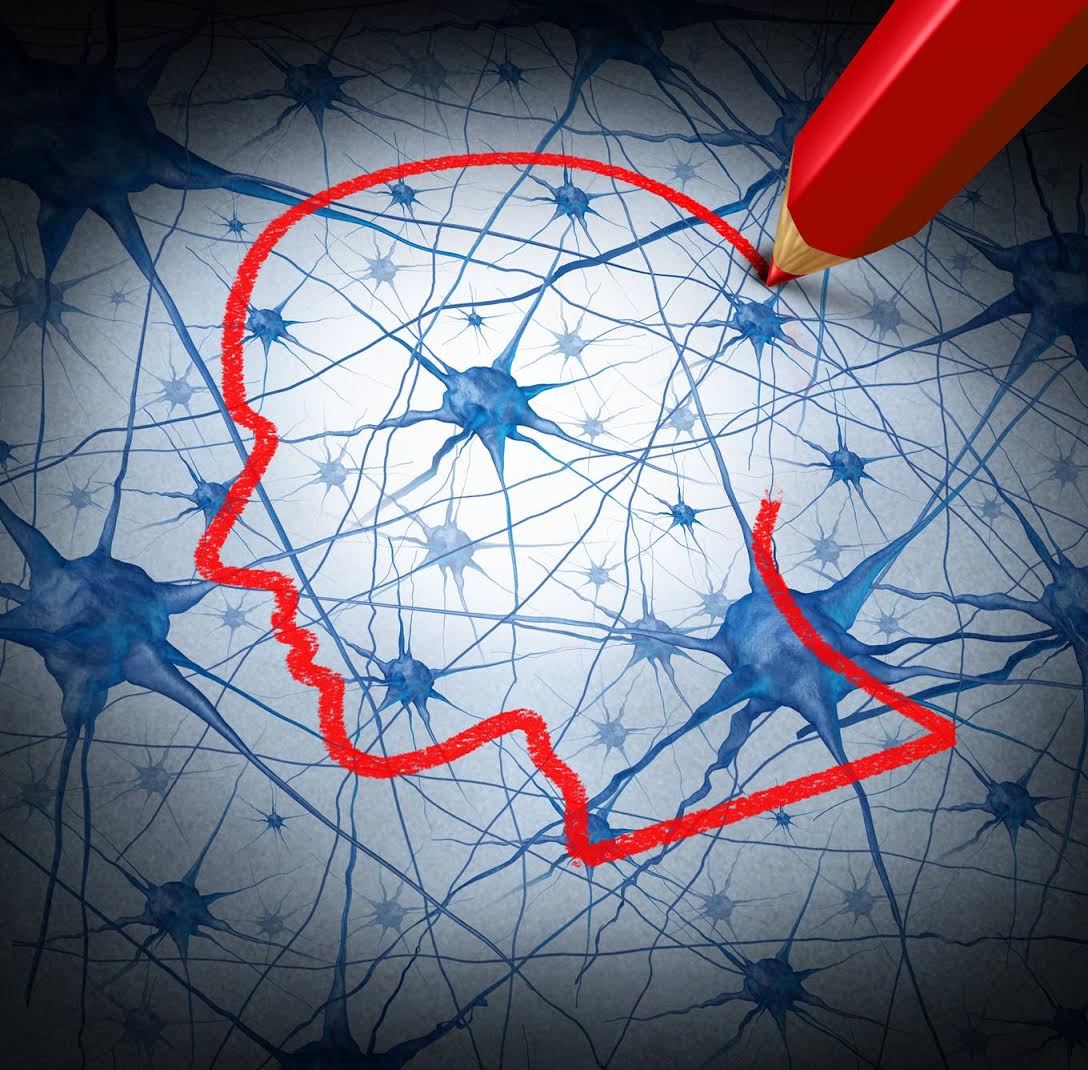
Both conditions are associated with the deletion of a stretch of DNA on chromosome 22. Carrie Bearden, professor of psychiatry, biobehavioral sciences and psychology at the University of California, Los Angeles found, “Up to 30 percent of individuals missing this region, called 22q11.2, develop a psychotic disorder (schizophrenia). Up to 50 percent are diagnosed with autism.” (Does that mean someone with autism will develop schizophrenia later in life? Not at all.) What researches are now concentrating on is finding the biological causes of the features of these two conditions and discovering why they trigger the behaviors they do.
2. Generally, the earliest parents notice the first signs of autism is age 1, however MRI scans can see it in the brain much earlier than that.
According to Heather Hazlett, a psychologist at the University of North Carolina’s Carolina Institute for Developmental Disabilities (CIDD), enlargement of the brain seems to correlate with the arrival of autistic symptoms.
3. 50% of those with autism also have alexithymia, a condition defined by a difficulty understanding and identifying one’s own emotions.
Recognizing emotion depends in part on reading peoples’ faces. Those with autism often avoid looking into other people’s eyes, which contributes to their difficulty detecting emotions. Interestingly, if they don’t have alexithymia, they scan the eyes and mouth in a pattern similar to those without autism.
By contrast, people with alexithymia (with our without autism) look at faces for a typical amount of time, but scan the eyes and mouth in altered patterns.
Ongoing research is vital. The more we understand autism, the better our treatments will be. If you’d like to learn more, I provide online education specifically for how families with Autism Spectrum Disorder (ASD) can apply neuroscience and psychology to improve their relationships. And if you have specific issues you need help with, you might qualify for online therapy as well. Contact my office and schedule a session.




